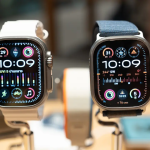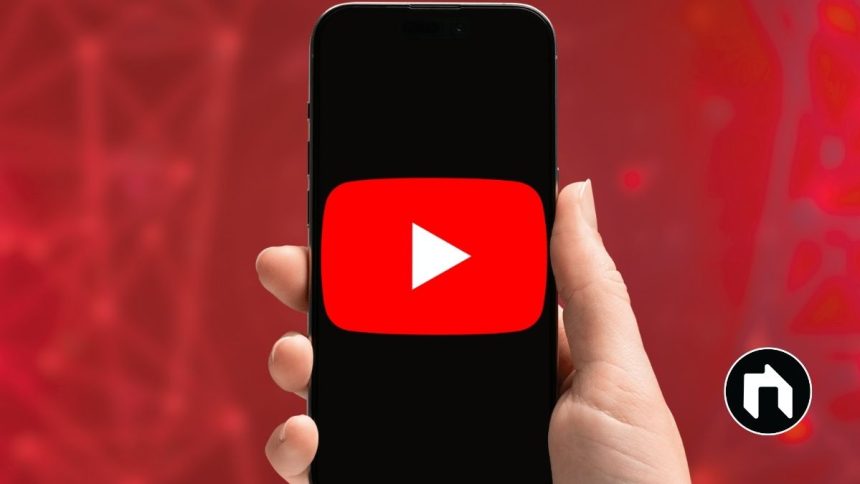YouTube is rolling out a new AI-powered age verification system in the United States starting August 13, 2025, to better identify teen users and provide enhanced age-appropriate protections. Unlike before, when YouTube relied solely on the age users entered during account creation, this system uses machine learning to estimate a user’s age based on a combination of signals such as account age, viewing habits, search patterns, and interaction styles—regardless of the self-reported birthday on the account.
When the AI detects a user likely to be under 18, YouTube automatically activates protections designed to create a safer experience for teens. These include disabling personalized ads that rely on tracking, enabling digital wellbeing features like watch-time limits and bedtime reminders, showing prompts about sharing personal information before uploading or commenting, reducing exposure to potentially sensitive repetitive content, and blocking access to age-restricted videos unless the user completes an age verification process.
If a user is mistakenly flagged as a minor, they can verify their actual age through government-issued ID, facial selfies, or credit card authentication. Verified users regain full access to content and personalized features.
The rollout may cause some changes for content creators whose audiences include more teens. For example, videos made by teen creators might default to private, live gifting on vertical live broadcasts could face restrictions, and ad revenue may see slight decreases due to limits on personalized ads for teen viewers. However, YouTube emphasizes these impacts will be limited and is updating its analytics to reflect the machine learning-based age detection rather than relying only on user-entered birthdates.
This new AI age verification builds on YouTube’s previous efforts like YouTube Kids, supervised accounts, and digital wellness tools, aiming to more effectively protect minors while preserving their privacy. The technology has already been tested in other markets and is being expanded now to the U.S., with plans to monitor the rollout closely before wider implementation.
YouTube’s AI-powered age verification system marks a significant shift toward behavior-based teen identification, enabling the platform to automatically apply stronger safety and privacy protections to underage users beyond what self-reported ages provided.






